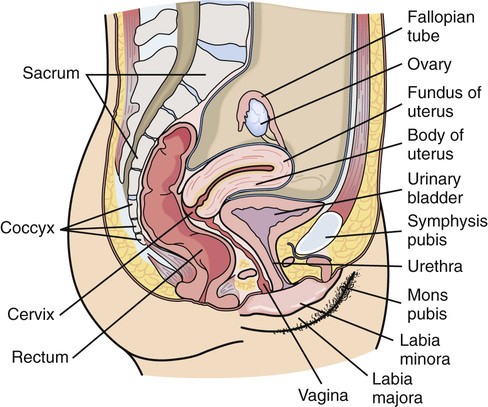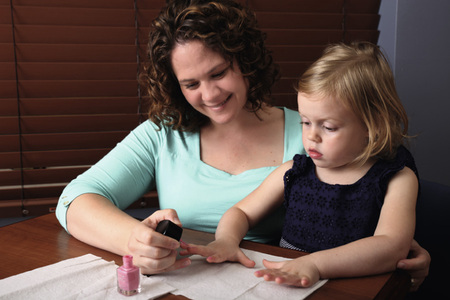Sexuality
Objectives
• Define the key terms and key abbreviations in this chapter.
• Describe sex, sexuality, and sexual relationships.
• Explain why sexuality is important throughout life.
• Explain how aging, injury, and illness can affect sexuality.
• Explain how the nursing team can promote sexuality.
• Explain why some persons become sexually aggressive.
• Describe how to deal with sexually aggressive persons.
• Explain how to promote PRIDE in the person, the family, and yourself.
Key Terms
Patients and residents are viewed as whole persons with basic needs. Their physical, emotional, social, and spiritual needs are considered. Sexuality involves the whole person. Illness, injury, and aging can affect sexuality.
See Body Structure and Function Review: The Reproductive System.
Sex and Sexuality
Sex is the physical activities involving the body and reproductive organs. Sexuality is the physical, emotional, social, cultural, and spiritual factors that affect a person’s feelings and attitudes about his or her sex. Sexuality involves the personality and the body—how a person behaves, thinks, dresses, and responds to others.
Sexuality development begins when a baby’s sex (gender) is known. People choose names, colors, and toys based on gender. Blue is for boys. Pink is for girls. Dolls are for girls. Trains are for boys. By the age of 2, children know their own sex. Three-year-olds know the sex of other children. They learn gender roles from adults (Fig. 51-4, p. 796). Children learn that boys and girls behave in certain ways.
As children grow older, interest increases about the body and how it works. Teens are more aware of sex and the body. Their bodies respond to stimulation. They engage in sexual behaviors. They kiss, embrace, pet, or have intercourse. Pregnancy and sexually transmitted diseases (Chapter 47) are great risks.
Sex has more meaning as young adults mature. Attitudes and feelings are important. Partners are selected. They decide about sex before marriage and birth control.
Sexuality is important throughout life. Attitudes and sex needs change with aging. They are affected by life events. These include divorce, death of a partner, injury, illness, and surgery.
Sexual Orientation
Sexual orientation refers to the gender (male or female) to which a person is emotionally, romantically, and physically attracted.
• Heterosexual—a person who is attracted to members of the other sex. Men are attracted to women. Women are attracted to men. Sexual behavior is male-female.
• Homosexual—a person who is attracted to members of the same sex. Men are attracted to men. Women are attracted to women. Gay refers to homosexuality. Homosexual men are called gay men. Lesbian refers to a female homosexual.
• Bisexual—a person who is attracted to both sexes. They have same-gender relationships (male-male or female-female) and male-female relationships.
Gender Identity
Gender identity refers to a person’s sense or feelings of being male, female, or transgender. Sometimes a person’s biological sex (male or female) does not fit with the person’s gender identity. Transgender is a term used to describe such persons. Transgender describes people who express their sexuality or gender in ways that do not fit with the sex (male, female) assigned at birth.
Transgenders (or “trans”) express their sexuality in various ways. For example:
• Transsexual refers to a person whose gender identity is different from the assigned sex at birth. A male believes he is a female in a man’s body. A female believes she is a male in a woman’s body. The term also describes persons who are undergoing hormone therapy or surgery for sexual re-assignment (female to male; male to female).
• Transvestites are persons who dress and behave like the other sex for emotional and sexual relief. They are commonly called cross-dressers.
Stay updated, free articles. Join our Telegram channel

Full access? Get Clinical Tree







